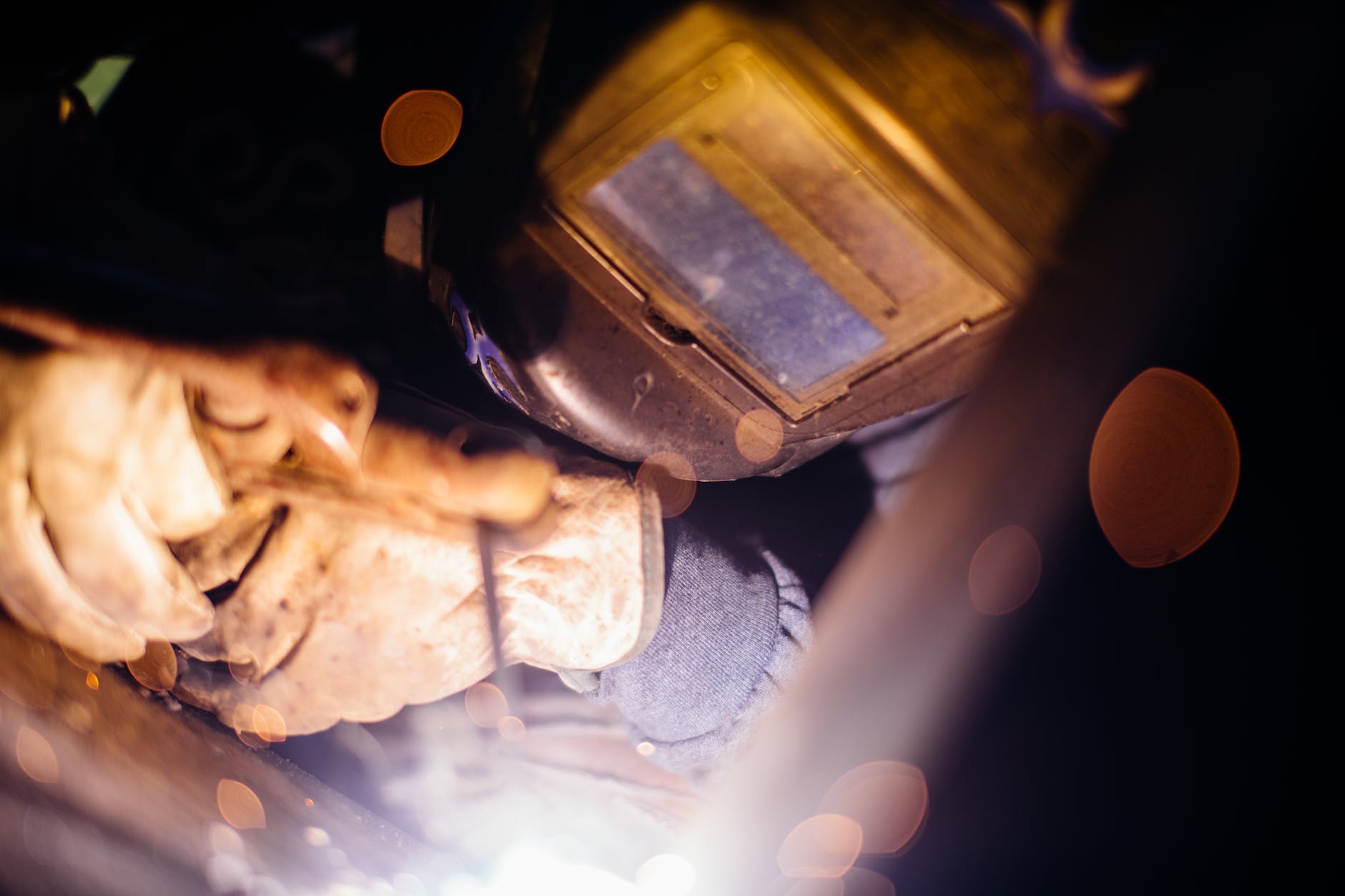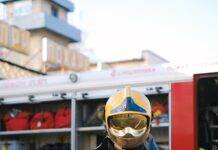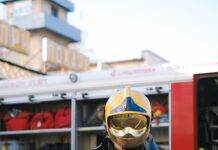
Welding Hazards and Precautions
Introduction
Welding Hazards and Precautions : Welding is a fundamental process in various industries, including manufacturing, construction, and automotive repair. While welding is essential for creating strong and durable connections, it also presents several hazards that can compromise the safety of workers and the integrity of projects. This article explores common welding hazards and outlines precautions necessary to ensure the safety of personnel and the success of welding operations.
Welding Hazards:
- Arc Radiation: Welding generates intense ultraviolet (UV) and infrared (IR) radiation that can cause burns and eye damage if workers are not adequately protected.
- Fumes and Gases: The welding process releases hazardous fumes and gases, including metal fumes, nitrogen oxides, and carbon monoxide, which can lead to respiratory problems, dizziness, and long-term health issues if inhaled.
- Electric Shock: Welding equipment uses high-voltage electrical currents, posing a risk of electrical shock if equipment malfunctions or is improperly grounded.
- Fire and Explosion: Sparks and molten metal particles can ignite nearby flammable materials, leading to fires or explosions.
- Noise Exposure: Welding operations can generate high levels of noise, potentially causing hearing damage if workers are not provided with proper hearing protection.
- Eye and Face Injuries: Flying debris, sparks, and molten metal can cause eye and facial injuries if appropriate protective gear is not worn.
- Burns and Skin Injuries: Contact with hot metal, welding slag, or the welding electrode can result in burns and other skin injuries.
Precautions to Ensure Safety:
- Personal Protective Equipment (PPE): Ensure workers wear appropriate PPE, including welding helmets with UV/IR protection, safety glasses, flame-resistant clothing, gloves, and respiratory protection.
- Ventilation: Maintain adequate ventilation in welding areas, and use local exhaust ventilation systems or welding fume extractors to remove hazardous fumes and gases.
- Welding Screens and Curtains: Install welding screens or curtains to protect nearby workers and passersby from arc radiation and sparks.
- Electrical Safety: Inspect welding equipment regularly for defects, ensure proper grounding, and avoid using damaged electrical cords or extension cords.
- Fire Prevention: Keep the work area free of flammable materials, use fire-resistant welding blankets, and have fire extinguishers readily available.
- Noise Control: Provide workers with hearing protection, such as earplugs or earmuffs, and conduct noise level assessments to identify the need for additional measures.
- Training: Train all personnel in welding safety practices, including how to use equipment safely and how to respond to emergencies.
- Hazard Assessment: Conduct a hazard assessment of the welding operation to identify specific risks and implement appropriate safety measures.
- Emergency Response: Develop and practice emergency response procedures, including first aid for burns and electrical shock.
- Skin Protection: Use appropriate welding gloves and clothing to protect against burns and skin injuries.
- Regular Maintenance: Maintain welding equipment and ensure that it is in good working condition.
- Respiratory Protection: Provide workers with respiratory protection, such as N95 respirators or powered air purifying respirators (PAPRs), when welding in confined or poorly ventilated spaces.
Electric Car Fire Extinguishers
Hot Work Hazards and Precautions
Grinding Hazards and Precautions
Gas Cutting Hazards and Precautions
Conclusion
Welding is a critical process in many industries, but it demands careful attention to safety to mitigate the various hazards associated with it. By following strict safety precautions, providing adequate training and protective equipment, and conducting regular equipment maintenance, organizations can create a safer work environment for welders and reduce the risk of welding-related accidents and health issues. Welding safety should always be a top priority to ensure the well-being of personnel and the success of welding projects.





















